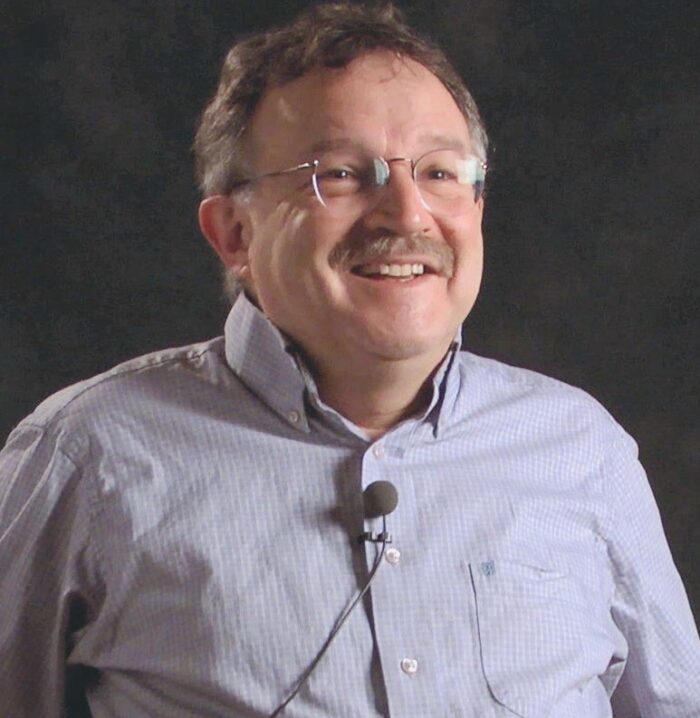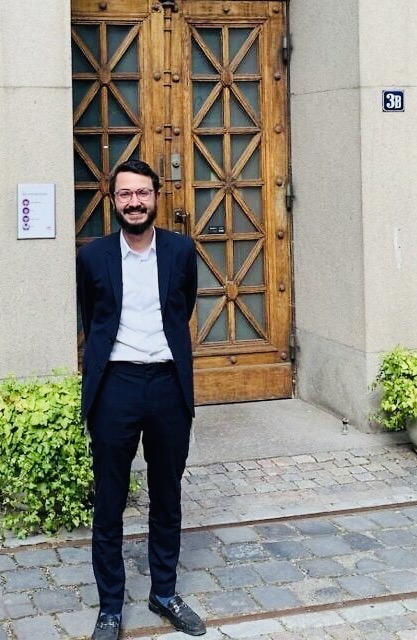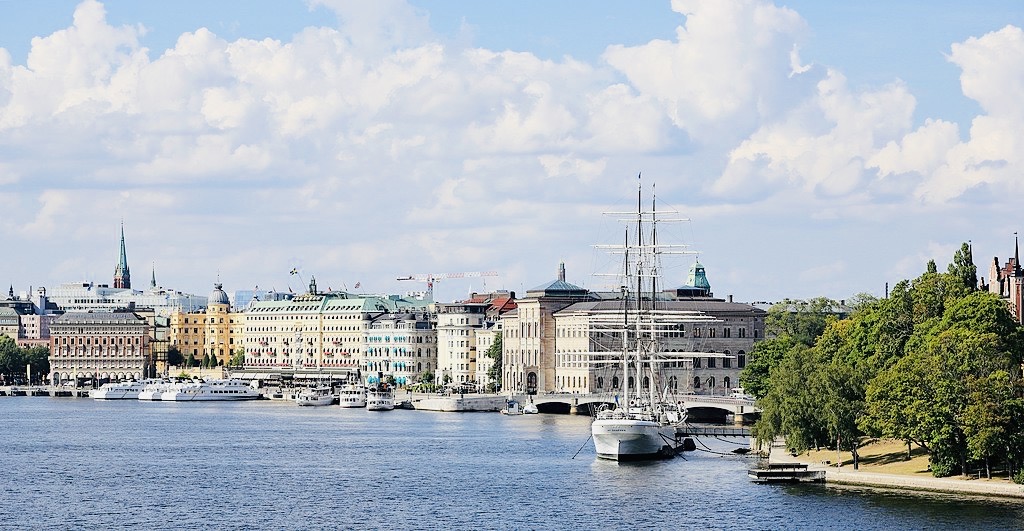Montreal comedians Eli Batalion and Jamie Elman are like fish out of water in Sweden. The zany performers, who specialize in Yiddish-inflected humor, landed in Stockholm last May with little or no knowledge about Sweden. They were laser-focused on learning about a small Scandinavian Jewish community that keeps a very low profile.
Their explorations unfold in Swedishkayt, a feel-good documentary to be screened at the Toronto Jewish Film Festival, which runs until June 15.
They were attracted to Sweden on the understanding that, strange as it may seem, a Yiddish revival is under way in Stockholm. Who could have known? This is an extraordinary development in light of the fact that Sweden’s Jewish population hovers around the 20,000 mark, a figure that has not fluctuated over the past few decades.
One should not be too surprised that Yiddish appears to be flourishing in Stockholm. Yiddish, you see, is officially a protected minority language in Sweden. That being said, Batalion and Elman do not tell us how many Yiddish speakers there are in the country.
In any event, the vast majority of Swedes do not have the slightest inkling that Yiddish even exists as a language, they say.
During their tour, the inquisitive pair speak to a diverse group of people in the Jewish community. They do not have any contact with assimilated Jews.
One of their first interviewees is a Yiddishist. His name is Jan Schwartz and he is an associate professor of Yiddish at Lund University, which apparently is becoming a center of Yiddish studies in Europe.

Natalie Bloch, a television hostess, fills them in on the history of Jewish immigration to Sweden. Until around the 19th century, Jews were usually required to convert to Lutheranism if they wished to stay. The logical implication is that some Swedish families are of partial Jewish ancestry. This turns out to be true. A rabbi informs Batalion and Elman that a bishop he knows has Jewish ancestors. They fail to mention that Raoul Wallenberg, the Swede who saved many Hungarian Jews during the Holocaust, was of partial Jewish ancestry.
They do tell us that a new wave of Jewish immigrants, mainly Orthodox Jews from Eastern Europe and the Baltic states, have settled in Sweden of late.
Batalion and Elman touch briefly on Sweden’s status as a neutral power during World War II. Surprisingly enough, they leave out a major back story. The Swedish government allowed thousands of Danish Jews to resettle in Sweden to escape persecution and deportation in Nazi-occupied Denmark.
Nor do they tell viewers that several thousand Polish Jews, driven out of Poland during an antisemitic campaign launched by the communist regime following the Six Day War in the Middle East in 1967, immigrated to Sweden.
As they cruise around Stockholm, they learn that the first Reform rabbi arrived in Sweden in the 1830s, and that kosher meat must be imported because the ritual slaughter of animals is forbidden in Sweden.
In passing, they visit the Raoul Wallenberg memorial next to the Great Synagogue, speak to its rabbi, Ute Steyer, stop at the “Beit” Jewish community center, and converse with Mattias Amster, the first Swedish-born rabbi.

Sweden was not immune to the avalanche of antisemitism that inundated Jewish communities following the Hamas attack in Israel on October 7, 2023. “Some of us feel threatened,” says Bloch, who may or may not be representative of Jewish opinion in Sweden.
Be that as it may, Batalion and Elman end their journey on an upbeat note. The community, they conclude, is robust and thriving.
Mazel tov!
